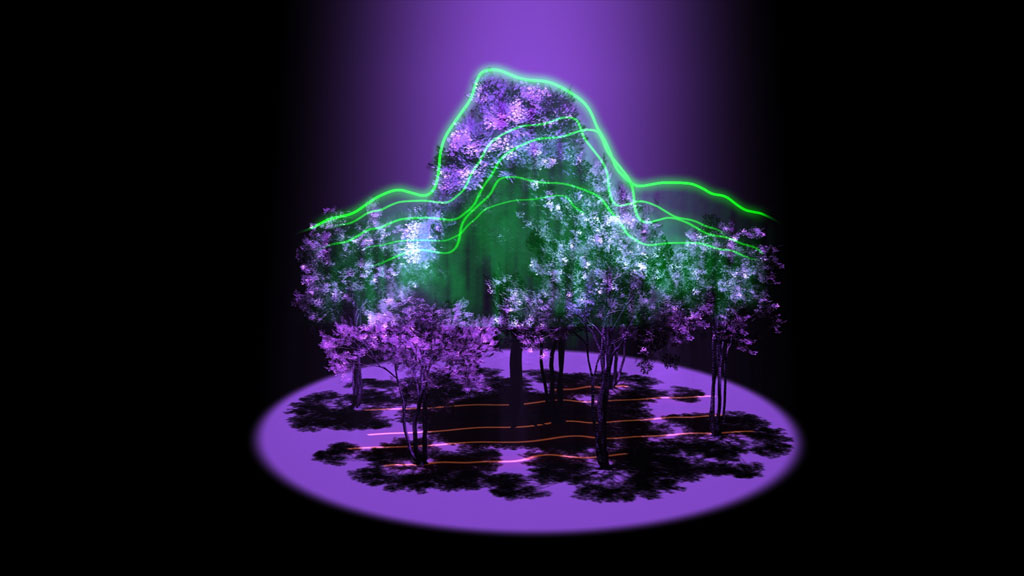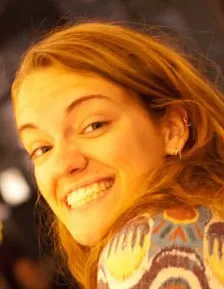Pew, Pew, Pew! NASA Space Lasers to Map Earth's Forests in 3D

A new laser instrument developed for the International Space Station is expected to generate incredible 3D maps of Earth's forests.
The instrument called Global Ecosystem Dynamics Investigation (GEDI) uses lidar, a special kind of laser technology, to create detailed 3D maps and measure the biomass of forests. NASA has already launched a satellite designed to measure carbon dioxide in the atmosphere, but the new instrument, once launched, will allow scientists to estimate the total amount of carbon stored here on Earth inside trees.
"GEDI lidar will have a tremendous impact on our ability to monitor forest degradation, adding to the critical data needed to mitigate the effects of climate change," Patrick O'Shea, chief research officer at the University of Maryland, said in a statement.
Scientists already knew that trees absorb carbon. What scientists don't know is how much they store. This is a problem because scientists can't predict how much extra carbon would escape into the atmosphere if a forest was destroyed or if planting new trees would be enough to offset the emissions.
"One of the most poorly quantified components of the carbon cycle is the net balance between forest disturbance and regrowth," Ralph Dubayah, the GEDI principal investigator at the University of Maryland, said in the same statement.
GEDI's lidar instrument works by shooting streams of light particles at the Earth that then reflect back and are picked up by a detector. The time it takes the particles to reach Earth and bounce back is converted into a distance.
Every material that the light particles pass through on their journey leaves behind a "fingerprint" that the detector can read. That means that light particles that pass through leafy tree canopies will look different than the particles that pass through branches or trunks. The unique markers will allow scientists to construct detailed 3D maps of forest architecture.
Get the Space.com Newsletter
Breaking space news, the latest updates on rocket launches, skywatching events and more!
The lidar pulses will measure the height of trees to about a 3-foot (1 meter) accuracy and allow scientists to estimate the total biomass in a forest and how much carbon it's storing.
GEDI will have three lasers that will shoot out a total of 14 laser beams that will cover about 4 miles (6.5 kilometers). The team of engineers behind GEDI estimate that it will send out about 16 billion laser pulses every year.
Piers Sellers, deputy director of Goddard's Sciences and Exploration Directorate, said GEDI's data will be invaluable when it's combined with historic records of carbon levels collected by satellites like Landsat and MODIS which have been hovering over Earth for decades. Scientists will also combine the 3D maps with images, maps and data collected from other satellites. The ultimate goal is to create a database that will monitor changes in forests over time. Scientists hope the combined data will reveal more about land use, biodiversity and climate change effects.
NASA officials estimate that engineers will complete GEDI by 2018. Once aboard the space station, it will scan most tropical and temperate forests between 50 degrees north and 50 degrees south latitude. The instrument is being developed by NASA engineers and researchers from the University of Maryland.
Follow Kelly Dickerson on Twitter. Follow us @Spacedotcom, Facebook or Google+. Originally published on Space.com.
Join our Space Forums to keep talking space on the latest missions, night sky and more! And if you have a news tip, correction or comment, let us know at: community@space.com.

Kelly Dickerson is a staff writer for Live Science and Space.com. She regularly writes about physics, astronomy and environmental issues, as well as general science topics. Kelly is working on a Master of Arts degree at the City University of New York Graduate School of Journalism, and has a Bachelor of Science degree and Bachelor of Arts degree from Berry College. Kelly was a competitive swimmer for 13 years, and dabbles in skimboarding and long-distance running.









